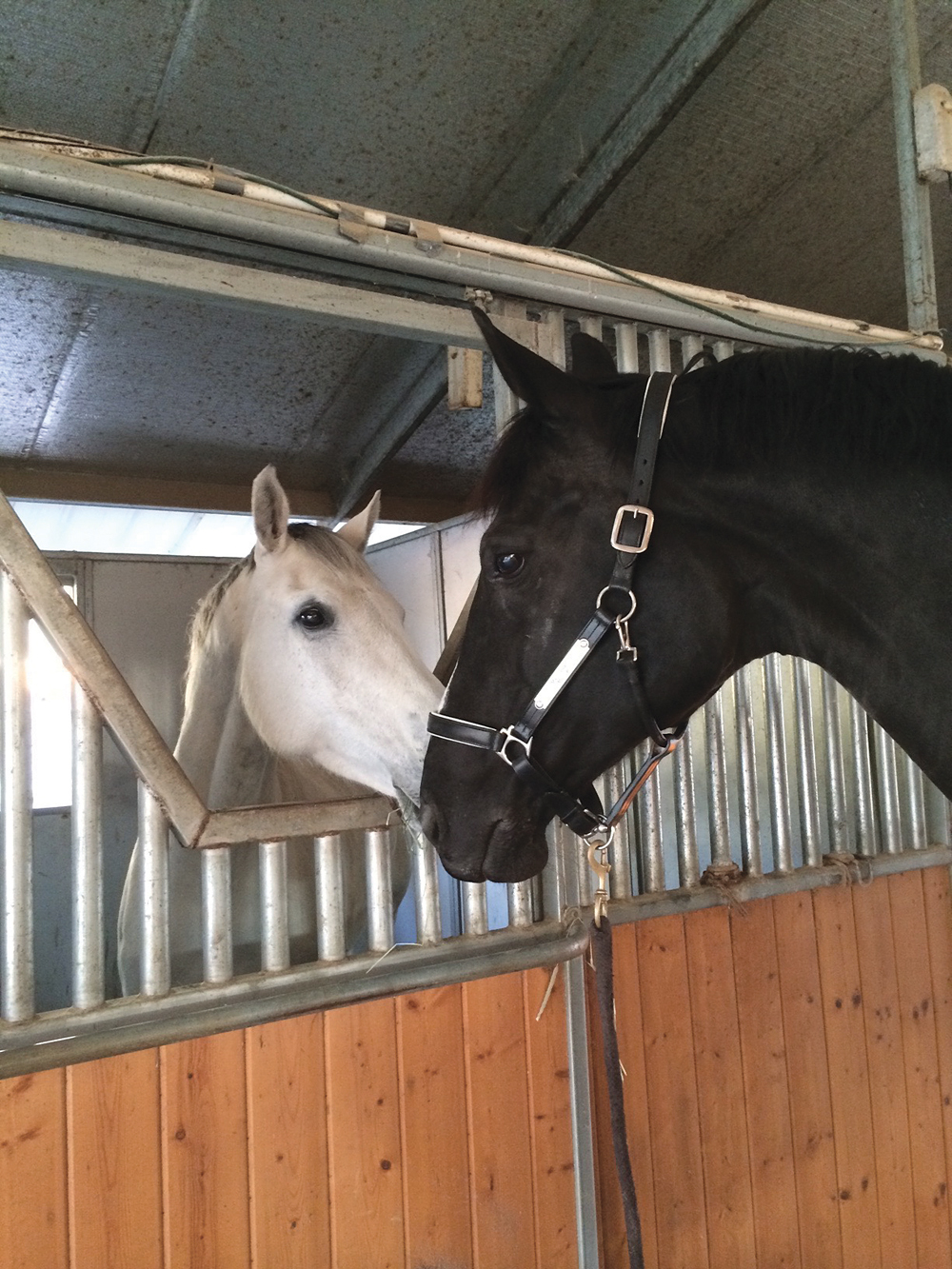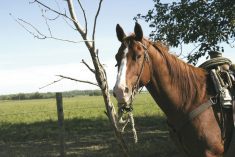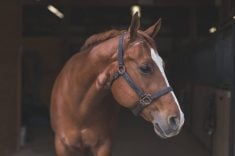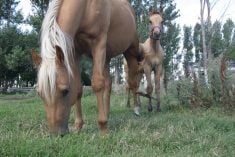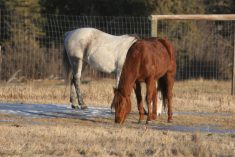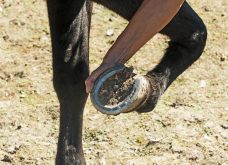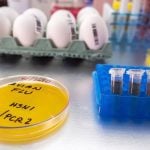Biosecurity measures do not need to be complicated or expensive undertakings to be effective. In fact the simplest of practices can make the most difference. Infectious and contagious diseases are not random events, rather the disease requires a chain of events to manifest — like the perfect storm. The viral, bacterial, parasitic or fungal pathogens merely capitalize whenever opportunity exists.
The most significant defence a horse has against infectious diseases will be its own immune system. The immune system is an invisible quality of health, which provides resistance against infectious disease. It successfully uses combinations of antibodies, messenger proteins, and specialized cell bodies to maintain a state of well-being. Providing horses with appropriate nutrition, movement, optimal air quality, adequate rest and easing stress, where possible, strengthens the immune system, which in turn protects the horse.
Read Also
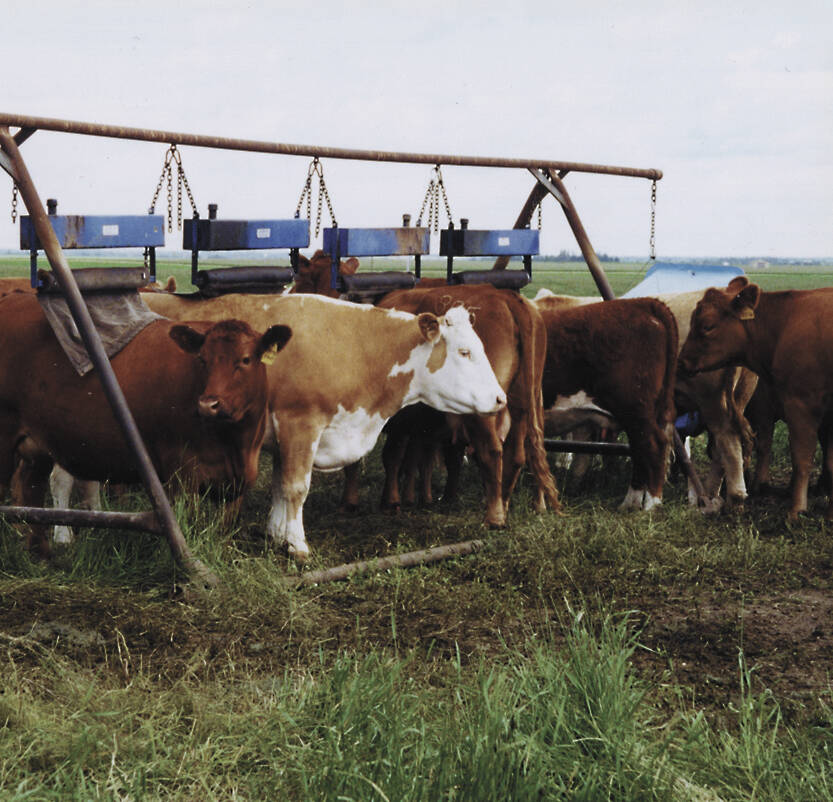
Shifting standards on cattle parasite control
Parasite product resistance has more farmers and veterinarians thinking differently about how to control issues like lice or worms.
Vaccinations can play a role in a horse’s immunity, yet vaccines alone do not equal immunity against disease. Veterinarians customize vaccination programs based on the individual needs of each horse, acknowledging currently relevant diseases, the level of risk to the affected individuals and recommending which, when and how to best vaccinate.
Greatest risk
The greatest risk to biosecurity is the infected and thus contagious horse. Therefore it is of value to know healthy horse behaviour and vitals. Healthy horses have clear eyes, no nasal discharge, and a normal attitude and stance.
Be mindful of the “off” and perhaps ill horse. Most infectious diseases are accompanied by a fever. The normal rectal temperature for a horse is 36.5 to 38.5 C (97.5 to 101.5 F). Remember the 4s are a fever. i.e. 40 C/104 F.
At equine events, develop the ability to recognize the ‘ill-ish’ horses and keep you and your horse at a distance. Also, be courteous if the ‘ill-ish’ horse is yours and politely remove it from the venue. Simple practices such as avoiding nose-to-nose contact and minimizing interactions between unfamiliar horses, staying away from confined spaces with poor air quality, and not sharing community waters dramatically reduce the rate of exposure between horses, and so decrease the chances of animals getting sick.
The next level of risk is “anything” that touches a contagious horse as the secretions of an infected horse have the potential to transfer their pathogenic cargo to other horses. Infectious organisms are in effect “hitchhikers” and need a vehicle for transmission. Know their vehicles.
Communal “anything” carries a risk to transfer pathogens i.e. water sources, tack, feeding supplies, grooming equipment, trailers, housing — even, and especially, communal “people” with their hands, clothing and boots. While travelling with horses practise “safe” sharing or maybe no sharing if possible.
New arrivals
Disease introduction at the home site is most likely to occur either when new animals are introduced, or when animals are taken off site, commingle with other horses, and then return home. Isolation for 30 days is ideal since most infectious diseases will express themselves in that time.
During these 30 days, observe the new animal(s) for illness, and integrate them into your health-care program. If horses are continually moving to and from the farm to shows, races, training, and competitions, it is advisable to group them separate from the ones that remain on the farm. This measure can be particularly relevant with brood mares and young foals. Although it may be impossible to control all movement of horses and/or “horsey” people through a farm, one can monitor and direct the traffic of highest risk.
Since most infectious organisms can use organic material as a shield, removing manure, dirt, and debris from transmissible objects with soap and water, is the first and perhaps the most essential step in hygiene. This step is necessary prior to the use of any disinfectant.
The pathogenic burden can be reduced by up to 90 per cent by simple cleaning. Once organic material is removed and the objects are rinsed of soapy residues, disinfectants can then effectively penetrate and disarm the offending organism. It is necessary to adhere to contact times when applying disinfectants in order to achieve sufficient elimination of the pathogen.
Commercial disinfectants like Virkon can be used for disinfecting grooming equipment, tack, trailers, stalls, car tires, and works well in footbaths. Although one part household bleach to 10 parts water is a good general-purpose disinfectant as well, it can be rather harsh on chemically sensitive items. It is further advisable to separate clothing and footwear used during travel from those commonly used when at home.


